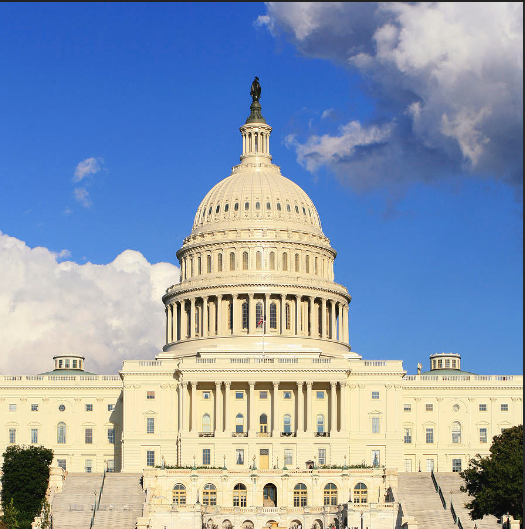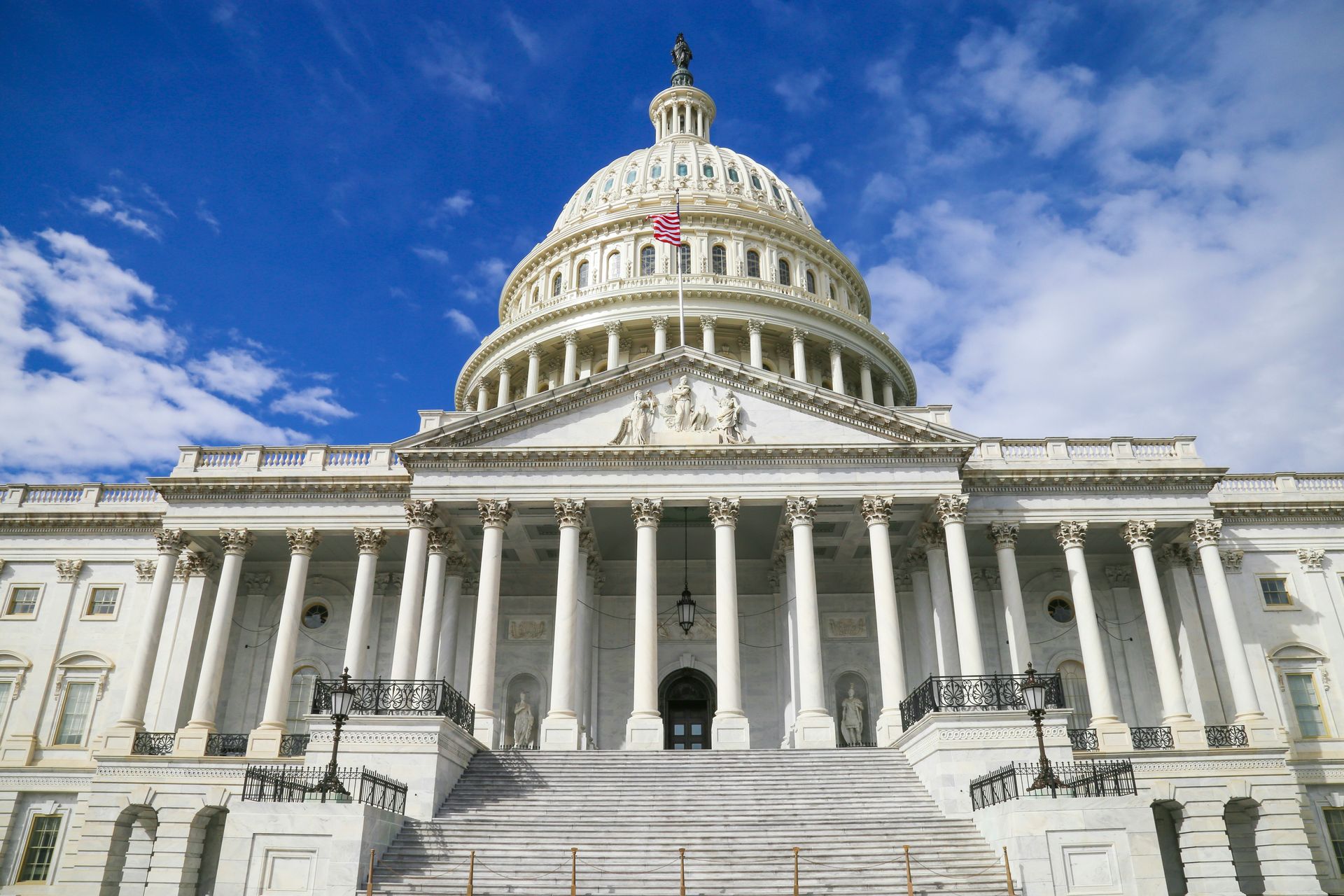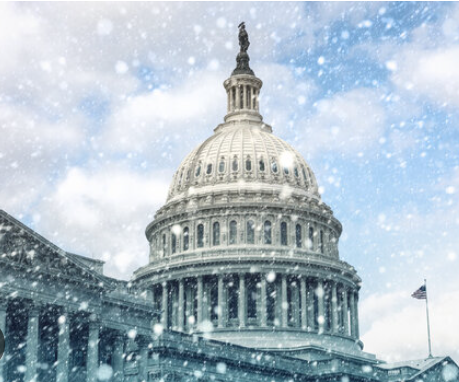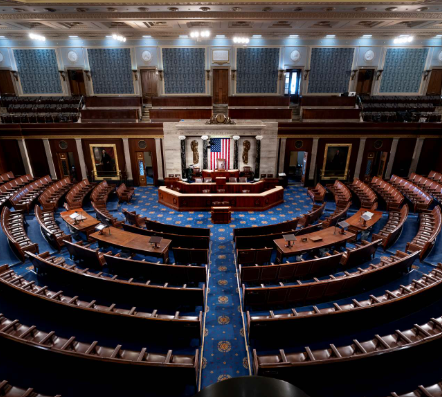Election Day is Next Week
Here's What We're Watching
The House of Representatives:
All 435 seats in the U.S. House of Representatives, along with six non-voting Delegate positions, are up for grabs. With 45 House members not running for re-election, and many competitive races, there will likely be a significant turnover, leading to many new faces in Congress and possibly a reorganization of House committees. The House is currently controlled by Republicans with a 220-212 margin over Democrats, while three seats are currently vacant. This balance of power will determine whether Rep. Mike Johnson (R-LA) continues as Speaker, or if Rep. Hakeem Jeffries (D-NY) takes the gavel if Democrats gain a majority.
Control of the House dictates leadership across its committees, as the majority party selects committee chairs and generally holds proportionate representation in each committee. With Republicans in control, they currently lead all House committees; this would shift if Democrats gain a majority. Committee chairs are chosen within each party, although membership distribution doesn’t always strictly follow the House’s overall composition. Notably, Rep. Virginia Foxx (R-NC), who currently chairs the House Education and Workforce Committee, is term-limited from remaining Committee chair, and her likely successors, Reps. Tim Walberg (R-MI) and Burgess Owens (R-UT), are already positioning themselves for the role. Additionally, re-elected members may switch committees to pursue seats on what are considered to be more prestigious committees like Appropriations, Ways & Means, and Commerce, which can alter committee compositions significantly.
The upcoming changes in committee leadership, membership, and potentially the overall House majority could reshape the House legislative priorities in 2025, especially in areas like workforce development, currently overseen by the House Education and Workforce Committee. This turnover and restructuring could have a lasting impact on the direction of policy-making and committee focus within the House.
The Senate:
One-third of the U.S. Senate seats will be contested, with eight Senators deciding not to run for re-election. The Senate is currently controlled by the Democrats, holding a narrow majority with 47 seats alongside four Independents who typically vote with them, compared to the Republicans’ 49 seats. If the Democrats retain their control, Sen. Charles Schumer (D-NY) is expected to continue as Majority Leader. However, if Republicans gain more seats than Democrats, they will select a new Majority Leader to set the Senate’s agenda. Should the election result in a 50-50 split, the newly elected Vice President would cast the deciding vote and thus determine Senate control.
Control over the Senate also dictates the leadership and composition of its committees. Currently, Democrats chair all Senate committees, but a shift in majority would hand Republicans control of committee leadership. Committee membership is usually distributed to reflect the Senate’s overall makeup; if one party holds 55% of the Senate seats, they would fill around 55% of each committee’s seats. Committee chairs are selected through a vote by members of the majority party, providing critical influence over legislative priorities and oversight.
The outcome of the Senate race will therefore not only affect the leadership and legislative direction of the upper chamber, but also the committee dynamics, which play a vital role in shaping, reviewing, and advancing legislation across a wide array of policy areas.
What does this all mean?
We will be closely watching on Election Day to see which party will control each chamber, which incumbents are re-elected or replaced, which members have a chance to become committee chairs, and much more. As in previous years, election results may not be known for days or weeks, and some close races could result in a recount or a run-off election. We will report out what we are learning in our weekly NAWB News, Policy Alert emails, and during our next Public Policy PowerUp, on Friday, Nov. 22. At this event (free and available exclusively to NAWB members), we will do a deep dive on what the 119th Congress is shaping up to look like—and what policies are likely to be pursued—when the new Congress is sworn in to office on Jan. 7, 2025.
With less than a week left to Election Day 2024, use this resource to check the rules in your state regarding registration, mail ballots, and early voting. Make a plan to vote to ensure your voice is heard!


National Association of Workforce Boards | All Rights Reserved |
Created by Olive + Ash.
Managed by Olive Street Design.





